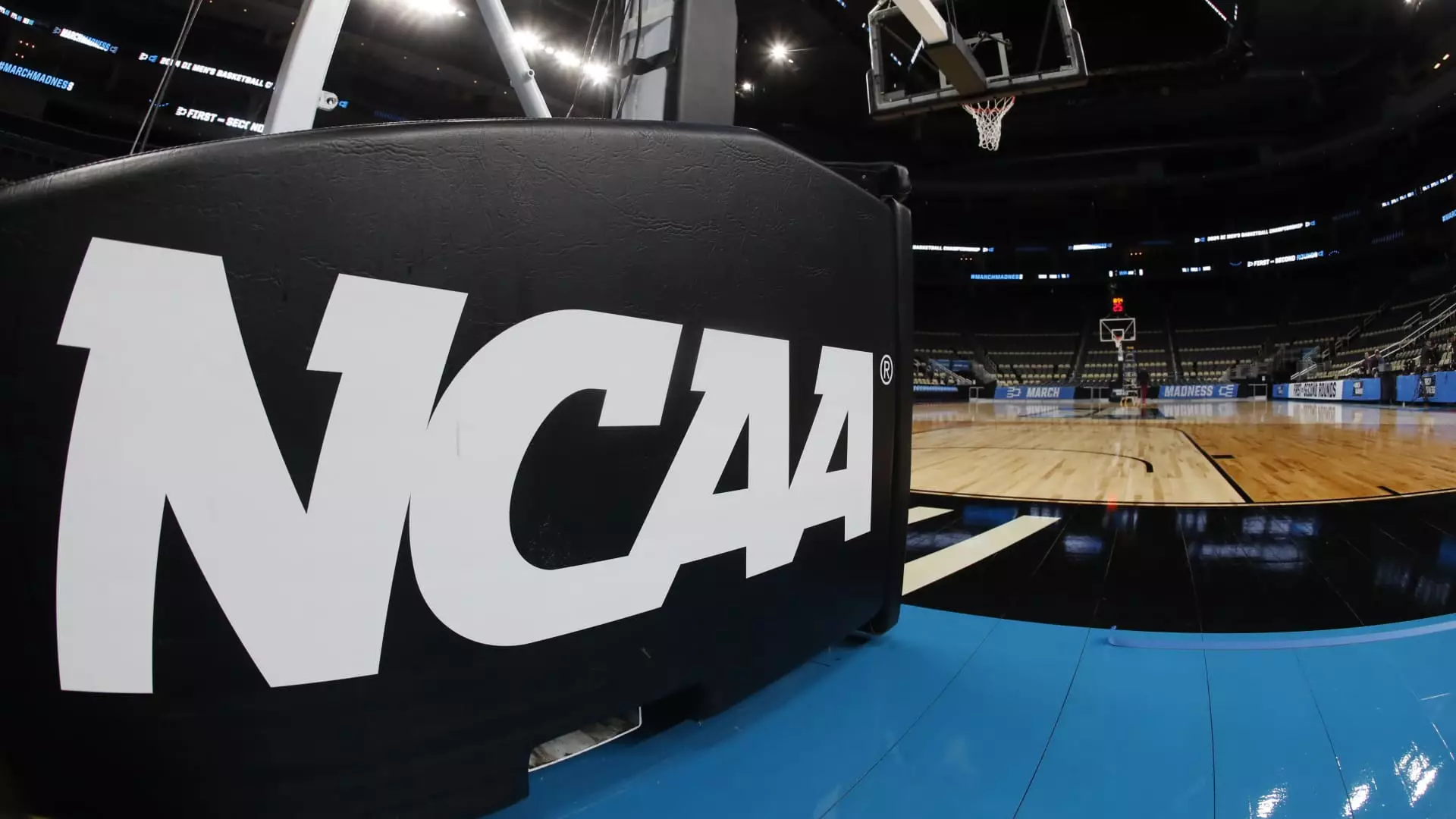In an era where discussions around gender identity and inclusivity have gained unprecedented prominence, the National Collegiate Athletic Association (NCAA) made headlines with its latest policy changes regarding transgender athletes. The recent move serves as a focal point for a broader debate surrounding sports, gender, and societal norms. This article delves deeper into the implications and context of the NCAA’s decision, evaluating the potential repercussions for athletes, institutions, and the integrity of competitive sports.
On a pivotal Thursday, the NCAA announced a significant alteration to its student-athlete policy, barring trans women from competing in women’s sports. This announcement coincided with President Donald Trump’s executive order, which threatened federal funding cutbacks to educational institutions that support the participation of transgender women in women’s categories. The new guidelines state that individuals assigned male at birth can practice with women’s teams and access benefits like medical care, yet they have been denied the opportunity to compete formally. The rationale behind this decision lies in the belief that it preserves the competitive integrity of women’s sports, highlighting the societal tension between inclusion and fairness.
The policy also stipulates that anyone assigned female at birth, who is undergoing testosterone treatment or hormone therapy, is similarly restricted from participating in women’s categories. This marks a fundamental shift from the NCAA’s previous stance, which adhered to Olympic standards and allowed national governing bodies to set eligibility criteria for transgender athletes. The transition to a more restrictive policy raises questions about whether these guidelines serve the best interests of all student-athletes or if they inadvertently marginalize a vulnerable community.
The timing of the NCAA’s policy change aligns closely with the current political climate, particularly Trump’s executive orders aimed at redefining sex and gender. Trump’s administration has been vocal in promoting a binary understanding of gender, which dismisses the complexities of gender identity as understood by many medical and psychological professionals. This aligns the NCAA’s policy with a broader political agenda that seeks to establish rigid parameters for identity, erasing the nuance that comes with transgender and nonbinary identities.
LGBTQ+ advocacy groups have quickly condemned the new policies, describing them as both an affront to human rights and an imposition of outdated notions of gender. Chris Mosier, a prominent transgender athlete and advocate, highlighted that framing gender solely as binary inevitably excludes not only transgender individuals but also intersex individuals and those requiring hormone therapy for legitimate medical reasons. The NCAA’s decision, therefore, not only affects trans women but threatens to create an environment where all gender-diverse athletes face increased scrutiny and exclusion.
The Response and Ongoing Debate
Organizations such as GLAAD have voiced serious concerns over the NCAA’s decision, asserting that the new policy is uninformed by medical research and disregards the lived experiences of many athletes. The backlash echoes a growing demand for greater understanding and acceptance of diversity in sports, as well as the need to ensure that all athletes can participate without discrimination or limitation.
As the conversation unfolds, it is essential to reflect on the message being conveyed to young athletes. Straying from policies that promote inclusivity raises the risk of alienating a segment of the athlete population that is already marginalized. The impact of such policies extends beyond the realm of sports; it ultimately shapes societal perceptions of gender identity and can influence the wellbeing of individuals navigating their identities in a complex world.
The NCAA’s recent policy revision on transgender student-athletes reflects a contentious intersection of sports, politics, and social norms. While the organization has positioned itself to create a uniform standard, the implications of such a strategy warrant careful examination. Balancing fairness in competition with the principles of inclusion and respect for individual identity is an ongoing challenge that sports institutions must grapple with. As society continues to evolve on issues of gender and identity, it is paramount for governing bodies like the NCAA to engage in thoughtful dialogue and remain responsive to the needs of all athletes.

